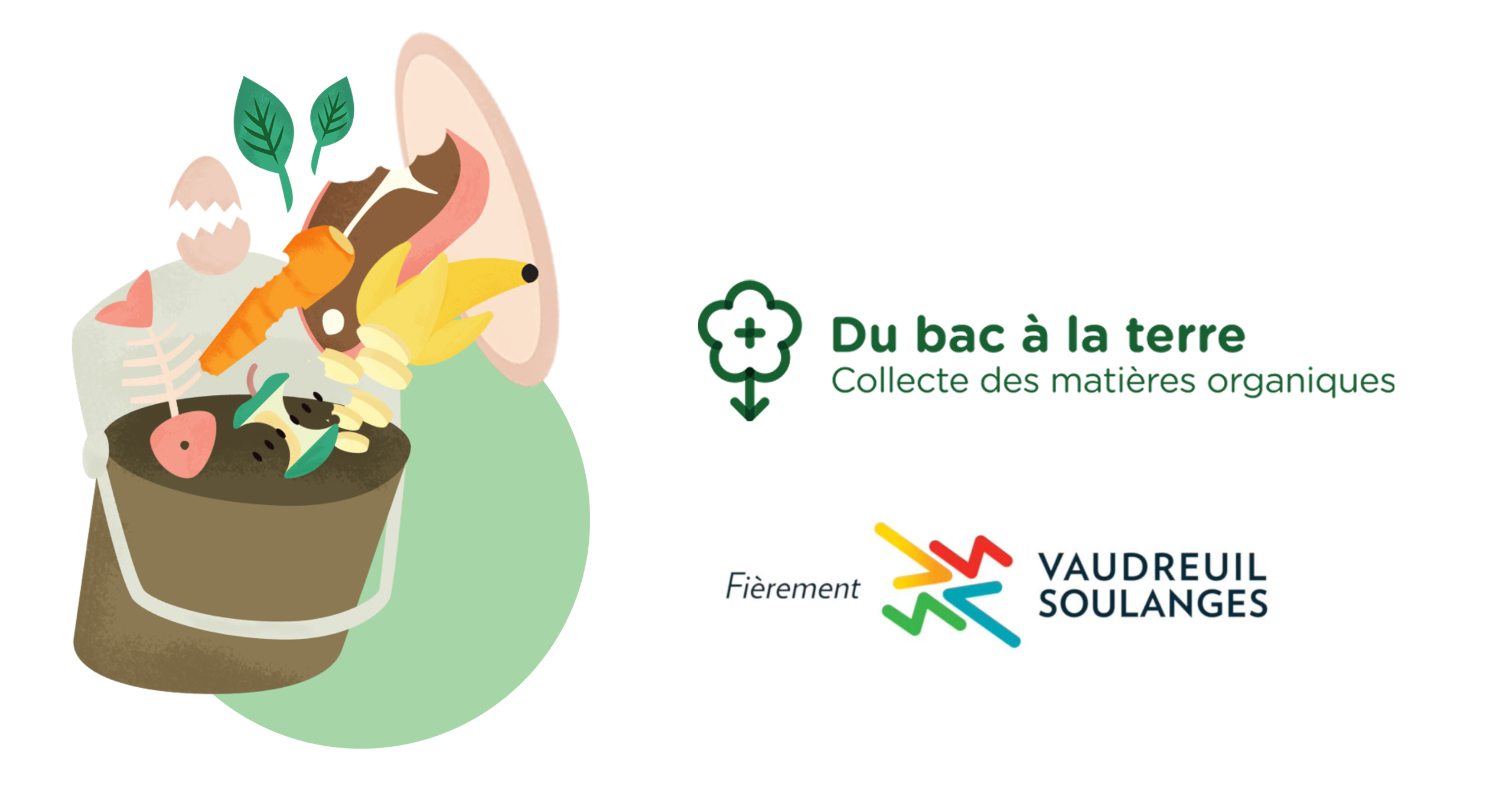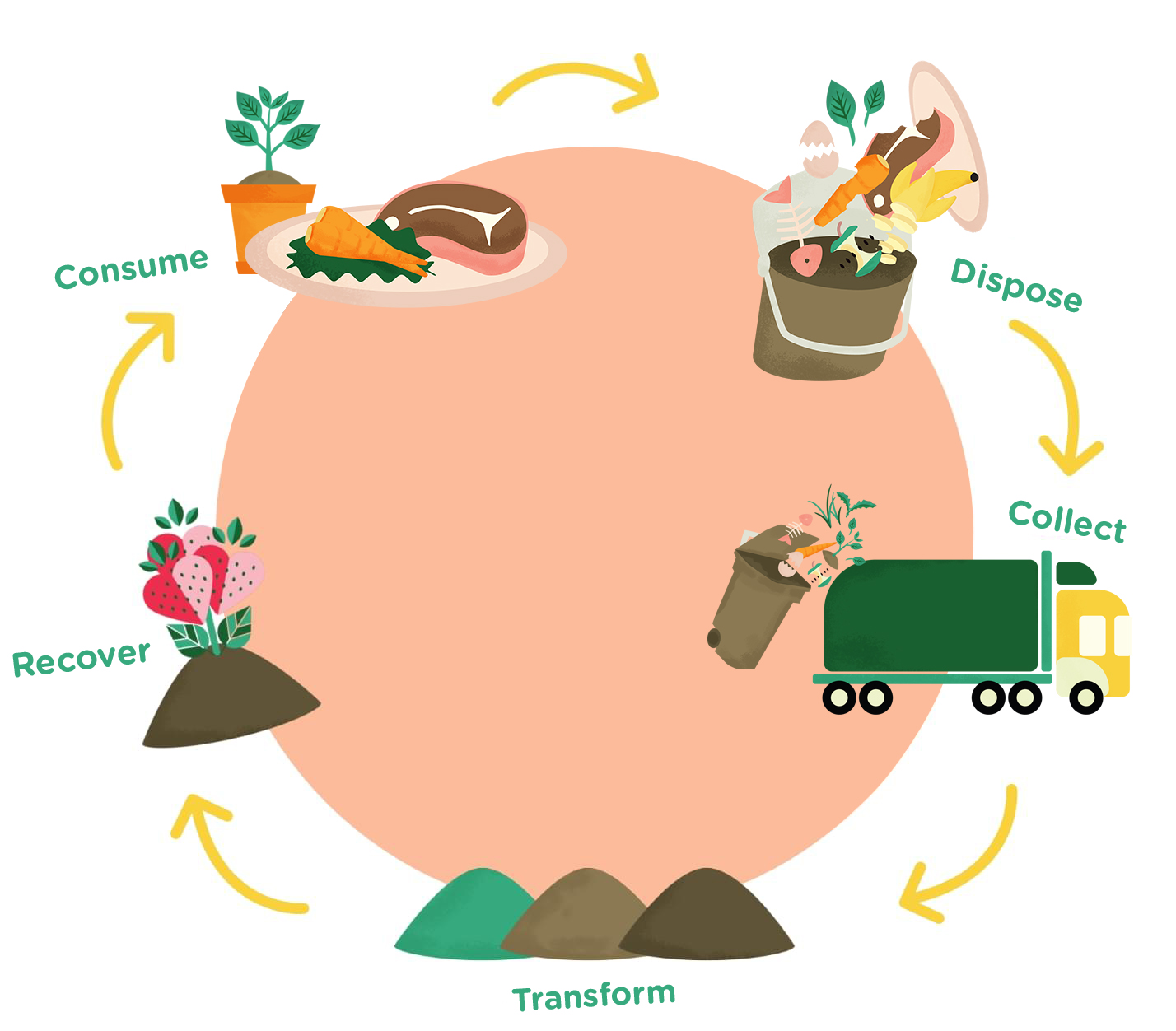
Organic waste collection
This collection will allow us to better protect our environment by limiting the amount of waste produced as well as reducing the cost of its disposal.
Did you know that over 50 % of your domestic waste material consists of organic matter?
The diversion of food waste from landfills also reduces the emission of greenhouse gases and respects the objectives of the Quebec Residual Materials Management Policy.

Items for your brown bin
Learn moreItems not for your brown bin
Unwanted disposables

- Plastic bags (ordinary, biodegradable, compostable or oxodegradable)
- Compostable dishes
- Shellfish
- Dead animals or their parts (ex: deer heads or legs)
- Diapers, sanitary napkins and tampons
- Rocks, gravel
- Bottle corks
Non-compostable or contaminated waste

- Containers and packaging of waxed cardboard or composite materials (multilayer with cardboard, aluminum and plastic inside, eg Tetra Pak®)
- Dental floss, ear picks, make-up removers, wet wipes
- Candles
- Vacuum cleaner bags and their contents
- Drugs and biomedical waste
- Construction, renovation and demolition residue
- Recyclable materials: plastics, glass, metals, textiles, fibres (except paper and cardboard for packaging food waste)
- All electronic objects, no matter how small
- Hazardous household waste: oils, paints, pesticides, gasoline, batteries, treated, painted or dyed wood
- Sanitary fibres (paper towels, etc.) that have been in contact with chemicals (cleaning products, motor oil, paint, etc.)
- Dryer sheets
Countertop bin
Keep it handy in your kitchen, on a counter, in a cupboard, in the refrigerator or freezer, to store food residue from cooking or after a meal.
Upkeep
Wash by hand with soapy water.
Suggestions
Add old newspapers or used cardboard before adding food waste so as to keep the bin cleaner.
Freeze animal waste to reduce odours.
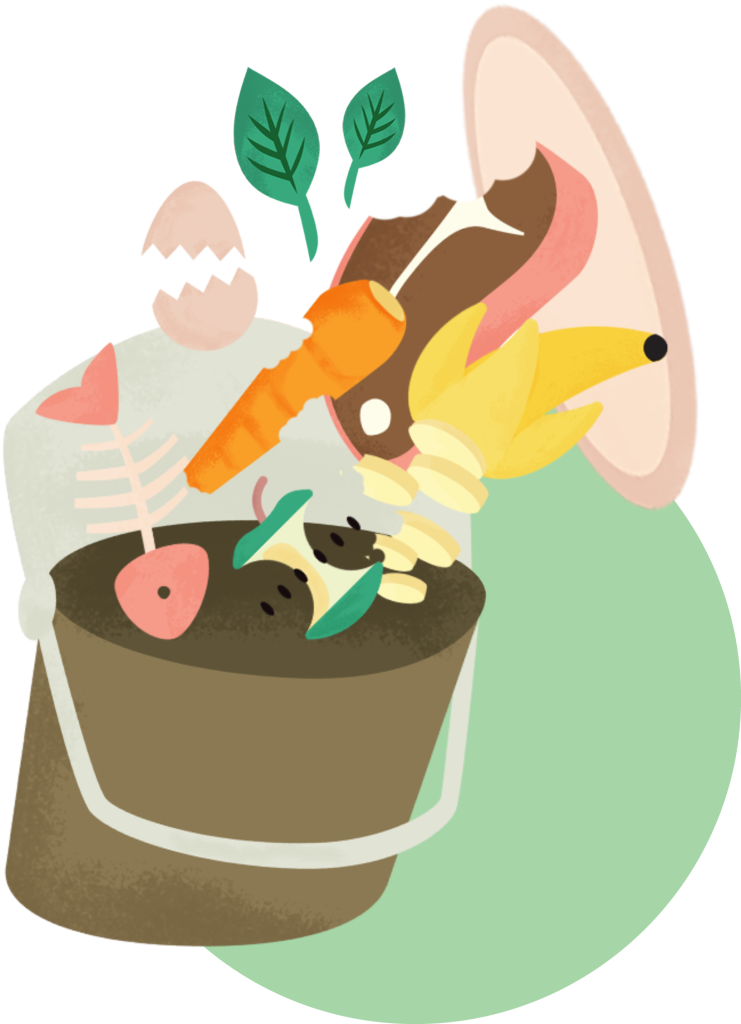
The brown bin
Empty your countertop bin into it regularly. Place your brown bin with wheels at the curb (wheels towards your home) on the day of the city’s food waste collection.
Maintenance
Wash with soap or detergent with the help pf a pail.
The bin is municipal property. Contact the municipality if your bin is damaged or lost.
Suggestions
Line the bin with old newspaper or cardboard before adding food waste to facilitate its upkeep and to avoid having waste stick to the bottom of the bin in winter.
Close the bin tightly to keep animals away.
Store the bin in the shade so as to avoid smells.

Our videos
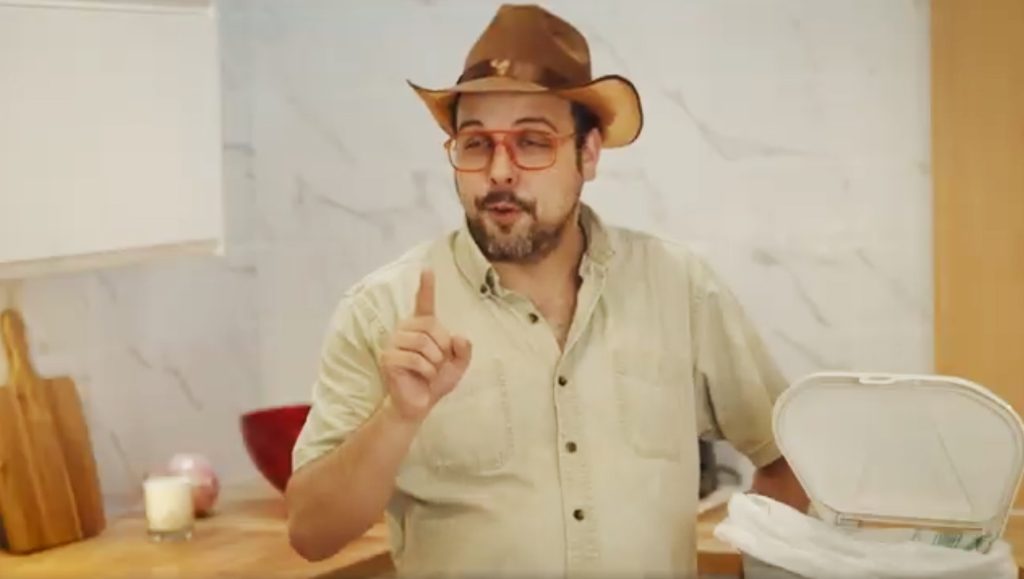

(Français) Pour que votre bac brun soit numéro 1 – Pas de sacs en plastique


(Français) Pour que votre bac brun soit numéro 1 – Pas n’importe quoi !
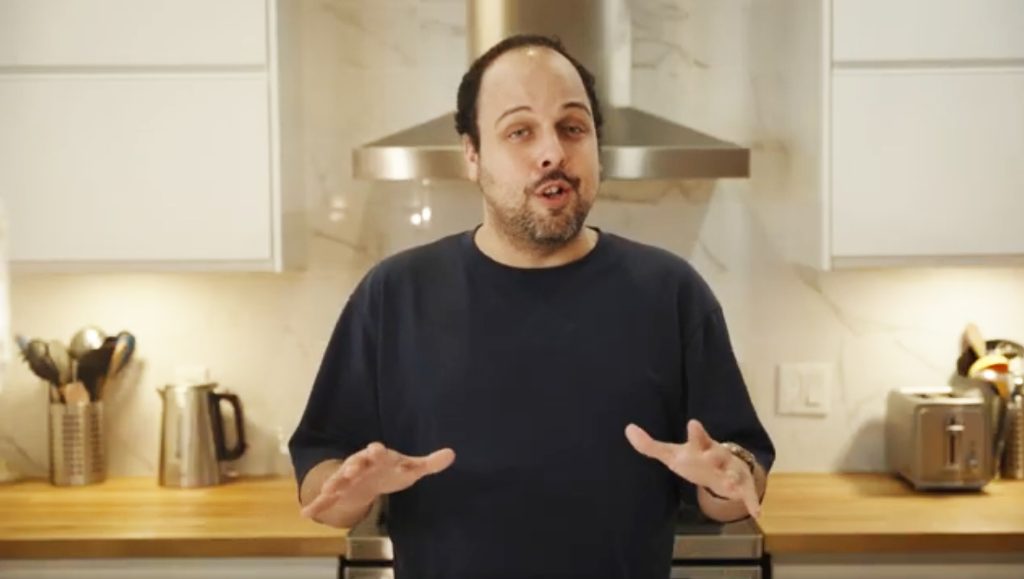

(Français) Pour que votre bac brun soit numéro 1 – Pas de métal !
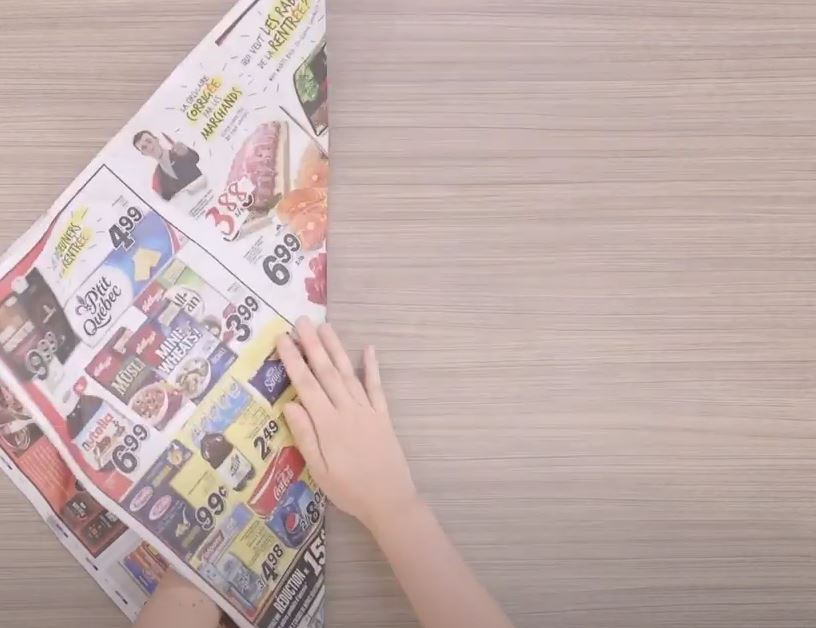

Origami pour le bac de comptoir
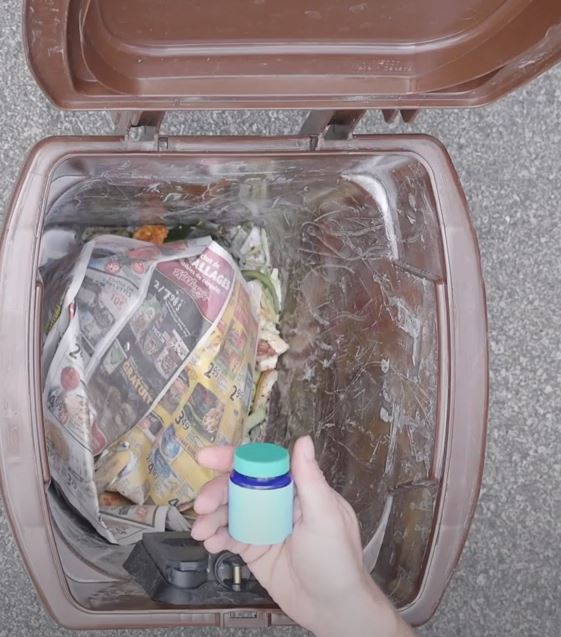

4 trucs pour éloigner les animaux
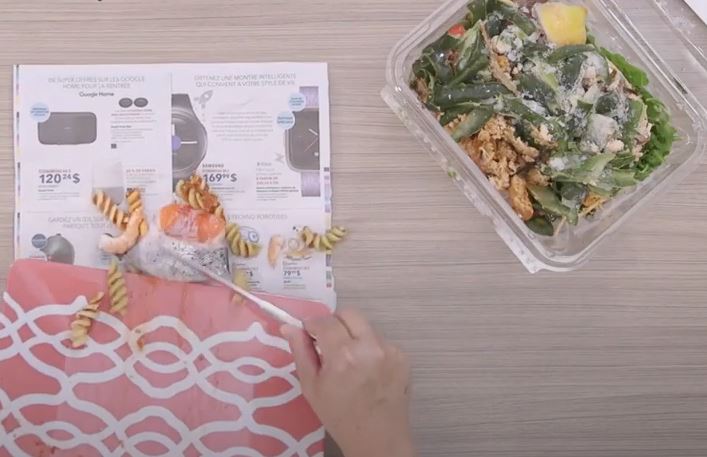

7 trucs pour garder son bac propre
Discover all our news

2025/12/12
Cette année, adoptez les TRI-ditions des Fêtes pour des festivités écoresponsables
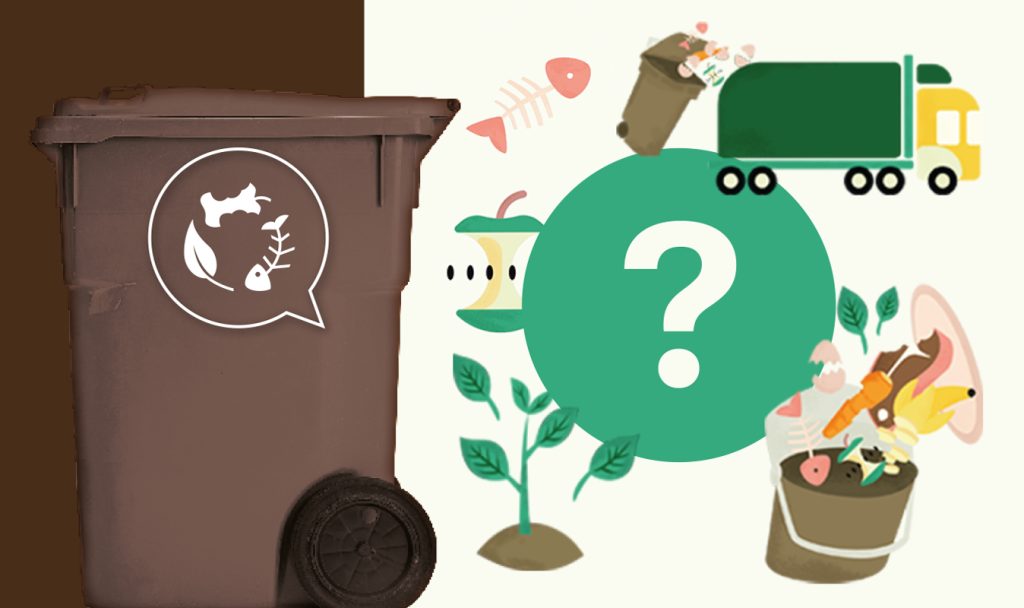
2023/03/29
Quoi mettre dans le bac brun ?

2025/05/24
Each material has its place, discover our charter of materials accepted
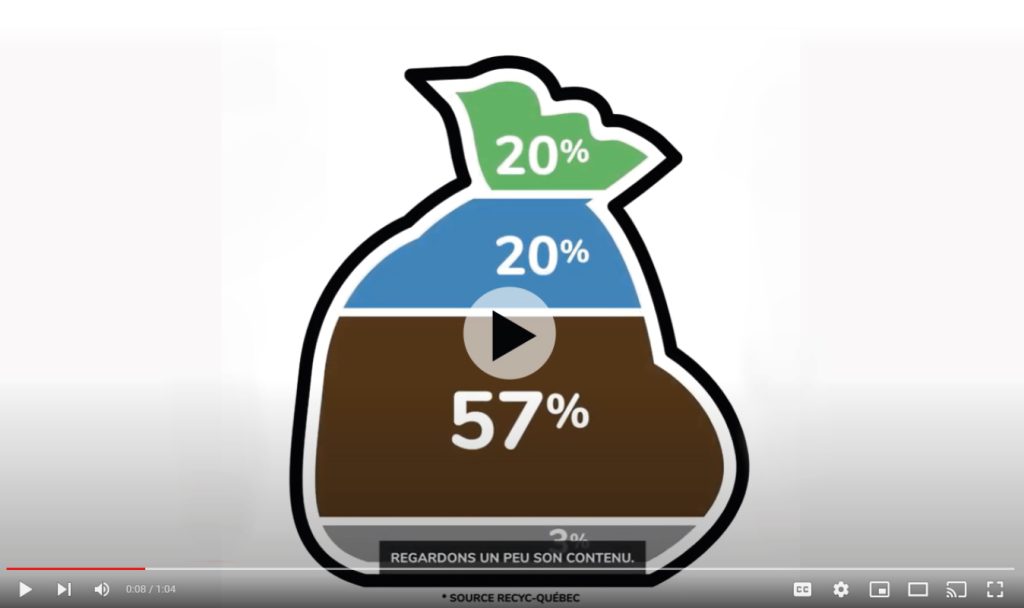
2021/10/26
Saviez-vous que 97 % du contenu de votre sac de poubelles devrait être recyclé ou valorisé?
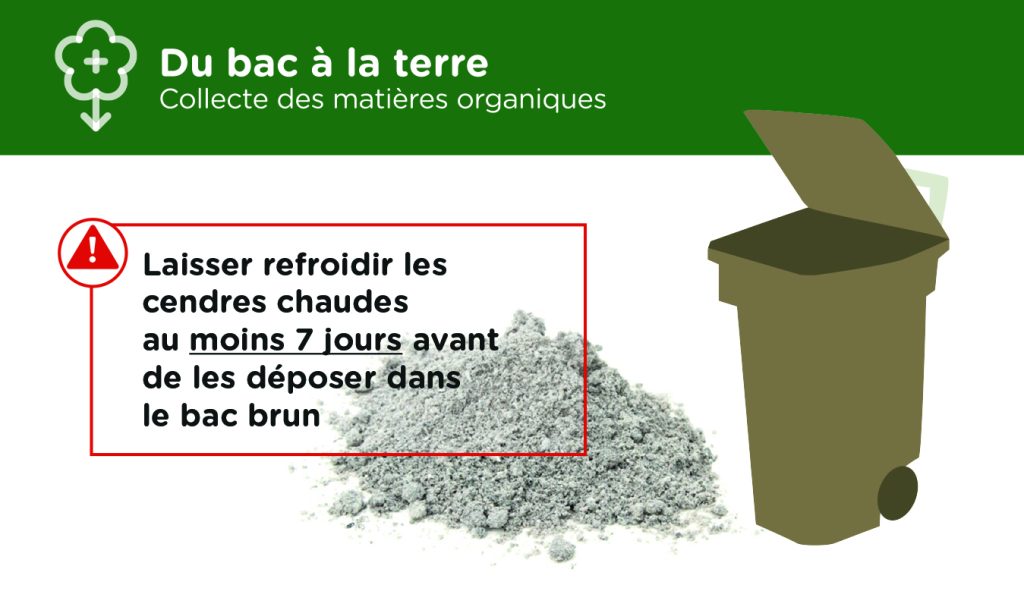
2023/03/28
Rappel important : laisser refroidir les cendres chaudes au moins 7 jours avant de les déposer dans le bac brun
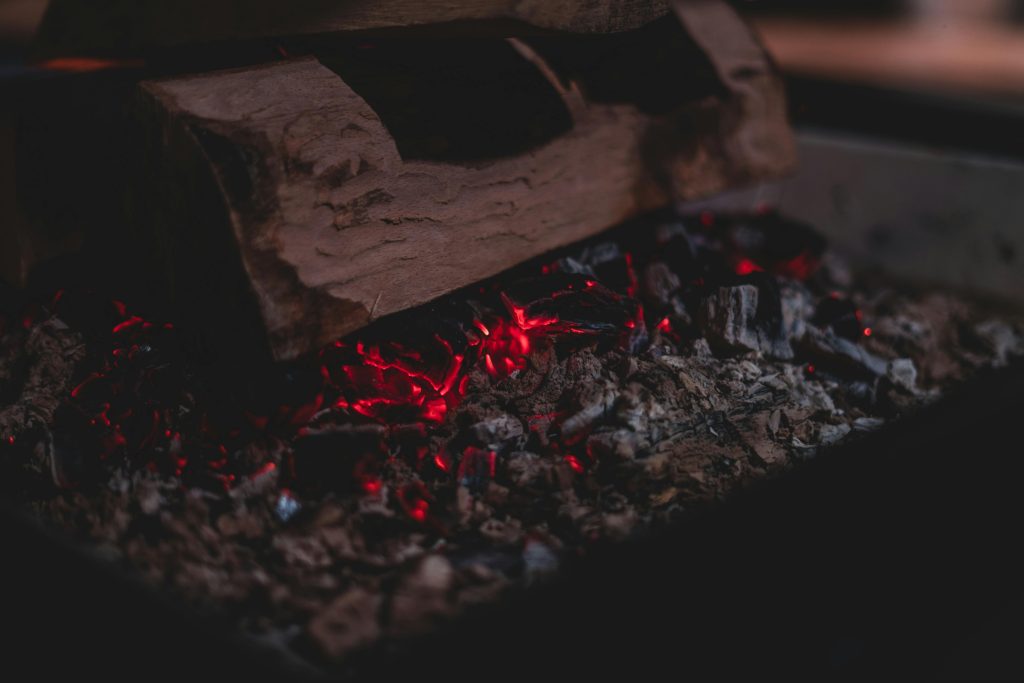
2025/11/12
(Français) Cendres froides
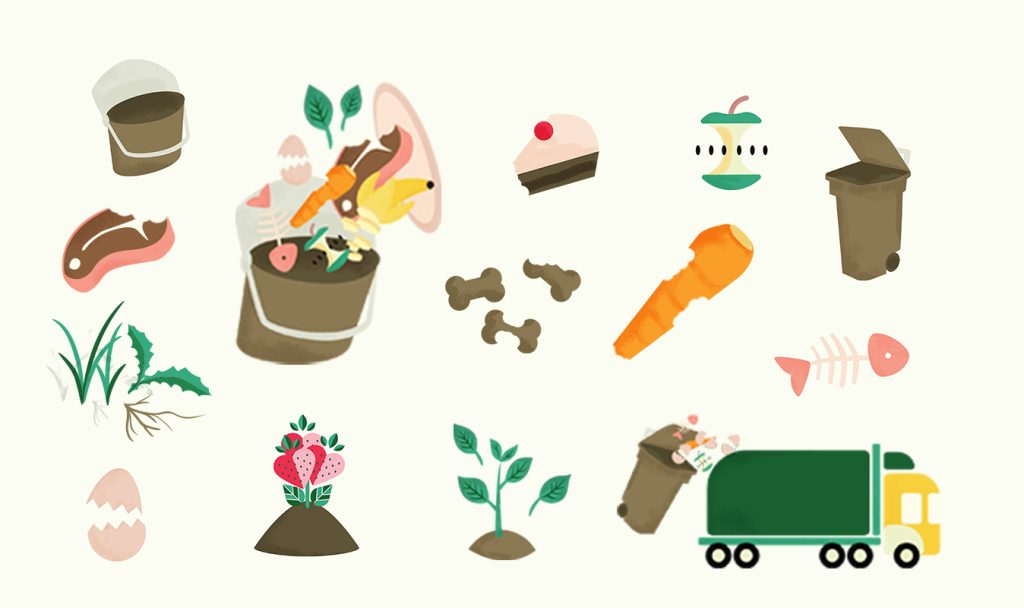
2025/11/12
(Français) Matières organiques
Frequently Asked Questions
Why reject plastic bags?

Whether 100% compostable, oxo-biodegradable or biodegradable, plastic bags are not accepted in food waste collection. Which material in your brown bin is accepted or rejected depends on the site and the processing technology used.
Given the variety and complexity of bags available on the market, the risk of contamination and rejection during the treatment of organic materials is too high. Moreover, these bags cause an increase in operating costs.
We urge you to use paper bags, cardboard or newspaper.
Alternatives to paper bags

Old newspapers, flyers, paper grocery bags or cardboard wrapping material may be used.
Who owns the bin?

The bin is municipal property.
What to do with the bin when moving?

As with the recycling bin, the brown bin is linked to a specific address and should remain for use by the next resident.
What to do if the brown bin breaks, is lost or stolen?

What to do when going on vacation?

Just put out your brown bin the week before you leave, then clean it and leave it empty until you get back (you can accumulate your material in the freezer or refrigerator between collection and the date of your departure, if necessary). In the summer, “unwelcome visitors” may adopt your bin if it contains food residues and is left out in the heat too long. Happy holidays!
Do you need compost for your flower beds?

Some municipalities purchase compost from the collection of green and food waste.
Contact your municipality to find out if compost distribution is available.
What happens to the collected material?

The collected material is transported to the GSI Englobe treatment site located in Lachute, which earned the tender of the MRC Vaudreuil-Soulanges. The material from the brown bin is mixed with other elements such as wood chips and then piled outside, in windrows. These windrows are turned to speed up the decomposition process. The mature compost is then sieved and sold to businesses or redistributed to municipalities that take advantage of this option provided for in the contract.
Contact your municipality to find out about the collection schedule.
Why brown bins if you already practice domestic composting?

Do you already practice composting at home and recycle your fruit and vegetable peelings, bread, coffee grounds and green residues in your garden and fall leaves? Your compost is brown gold, a natural fertilizer; do not change your habits!
The collection of organic waste is an opportunity for you to optimize the recovery of other materials such as table residues, which do not go into your home composter, i.e. meat, fish, leftovers, pasta and salads containing sauce and /or vinaigrette. Not to mention that in winter, the brown bin will be more easily accessible than the composter at the other end of the property.
The time has come to complement the ever-relevant use of the domestic composter. Door-to-door collection via the brown bin will promote the recovery of all organic waste.
Can I put compostable dishes in the brown bin?

No. Put your compostable dishes in the garbage bin; they will decompose naturally. The materials in your bin that are accepted or rejected depend on the site and the processing technology.
Given the diversified supply and complexity of the different types of compostable crockery on the market, the risk of contamination and rejection when treating organic materials is considerably high.
Can I put grass, fall leaves, weeds and other yard waste in my brown bin?

Yes. Green residues, garden residues and autumn leaves are accepted in the organic waste collection, but we encourage you to favour grasscycling and leafcycling.
For your grass clippings, leave them on the ground and practice grasscycling!
For your autumn leaves, shred them on the spot and practice leafcycling!
These practices are strongly encouraged and entail many benefits:
- Equivalent to 25% of the annual fertilizer recommended for your lawn.
- Increases the level of organic matter in your soil.
Your soil will retain more moisture and your lawn will be more resistant during heat waves and watering bans!
Contact your municipality to find out about the collection schedule.
Are leaf collections and green waste collections maintained?

Although leaves and green waste are accepted in the collection of organic waste, we encourage you to practice grasscycling and the shredding of dead leaves. Nature has already developed a high performance recovery system for these materials; let’s leave them there instead of breaking our backs to gather them up and then pay for their transportation and treatment! Your lawns and flowerbeds will thank you for this contribution of fertilizer and organic matter. On the aesthetic side, the residues are not visible if the mowing is done regularly and it all disappears completely in less than 48 hours!
Contact your municipality to find out about the collection schedule.
